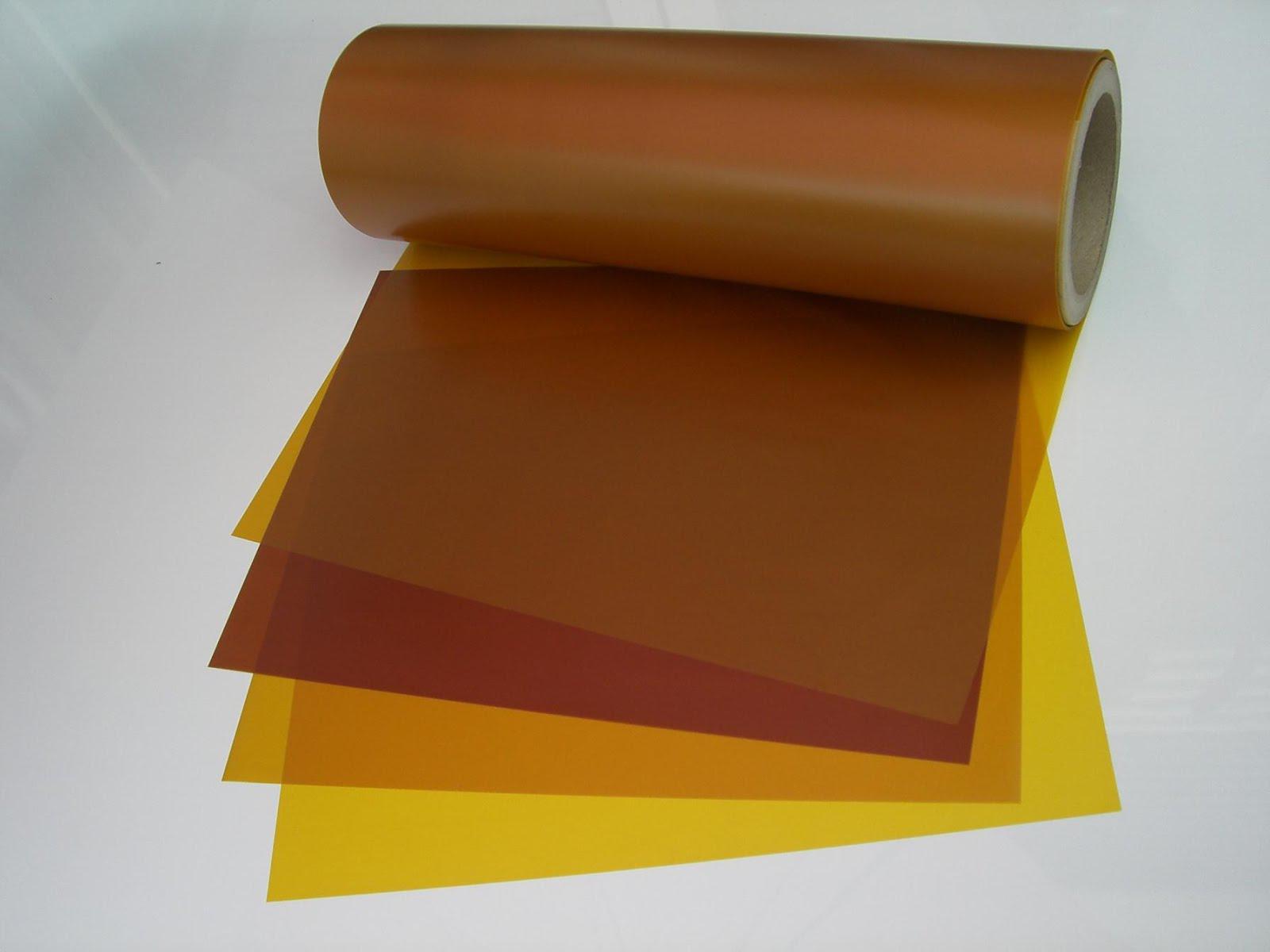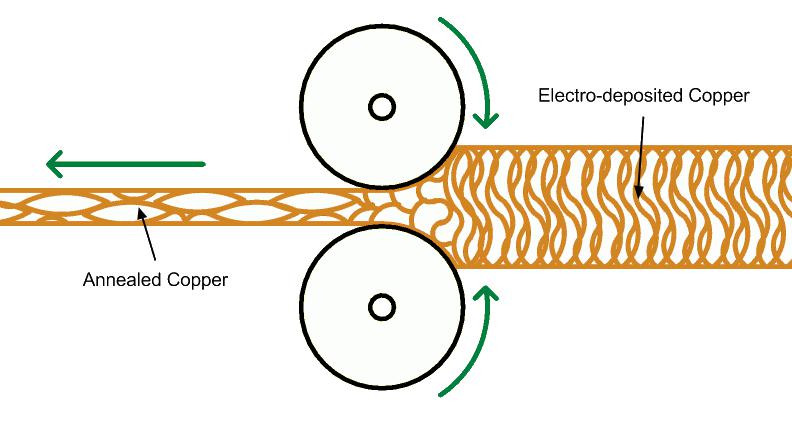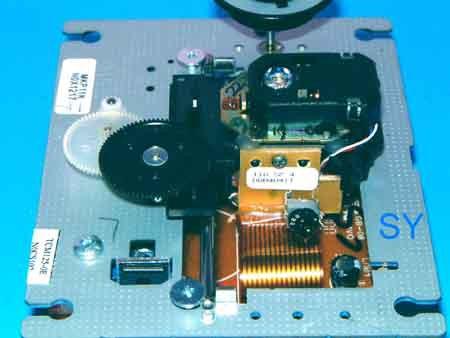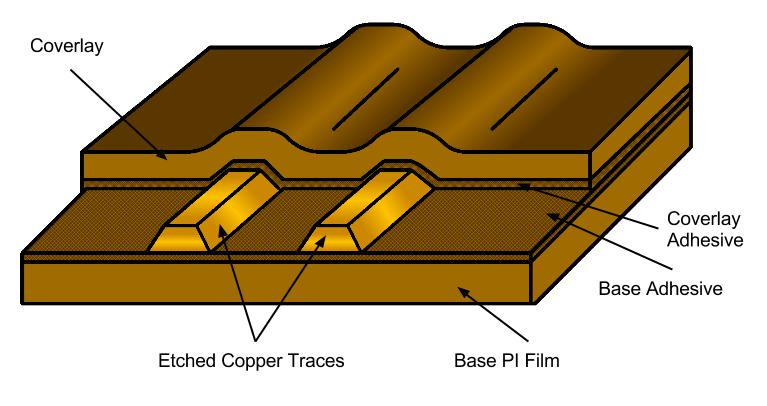As can be seen from the title of this blog, I have recently fully studied the technology of hard and soft boards. Soft and hard boards have many benefits, many designers did not understand before, because their design does not have to use this technology. However, more and more designers are now facing the pressure to build more and more high-density electronic devices, and even more headaches for them are to continue to reduce manufacturing costs and reduce manufacturing time. In fact, this is really not a new technical problem. Many engineers and designers have already had headaches for a long time and the pressure they face is constantly increasing.
Soft and hard board is likely to become a novice on the road to new technology development. Therefore, it is wise to understand how to make flexible circuits and hard and soft boards. In this way, we can easily find the design mistakes and prevent them from happening. Now, let us know what basic materials are needed to make these boards.
Flexible circuit materialsSubstrate and protective film
First, let's consider ordinary rigid printed circuit boards. Their base materials are usually fiberglass and epoxy. In fact, these materials are a type of fiber. Although we call it "rigid", you can still feel its elasticity if you remove a single layer. Due to the cured epoxy resin, the board is harder. Because it is not flexible enough, it cannot be applied to some products. But for many electronic products that are simply assembled and the board does not move continuously, it is still appropriate.

In more applications, we need more flexible plastic films than epoxy resins. Our most common material is polyimide (PI), which is very soft and strong, and we cannot easily tear it or stretch it. And it also has incredible thermal stability, can easily withstand the temperature changes in the reflow process during processing, and in the temperature fluctuations, we can hardly find its stretching deformation.
Polyester (PET) is another commonly used flexible circuit material, and its heat resistance and temperature distortion are inferior to those of PI films as compared with polyimide (PI) only films. This material is usually used in low-cost electronic devices, printed lines wrapped in a soft film. Since PET cannot withstand high temperatures, let alone welding, a cold press process is generally used to produce such a flexible circuit board. I remember that the display part of the clock radio used this kind of flexible connection circuit, so this radio is often not working properly. The root cause is this poor quality connection. Therefore, we suggest that the soft-hard board should be selected PI film, and other materials are also used but not often used.
PI film, PET film, thin epoxy resin and glass fiber core are common materials for flexible circuits. In addition, the circuit also needs to use other protective film, usually PI or PET film, sometimes using mask solder mask ink. As in the case of a solder mask protection circuit on a hard board, the protective film can insulate the conductor from the outside and protect it against corrosion and damage. The thicknesses of PI and PET films range from 1â„3 mil to 3 mil, with 1 mil or 2 mil thickness being more commonly used. Fiberglass and epoxy are thicker, typically from 2 mils to 4 mils.
conductorPrinted wires, usually carbon films or silver-based inks, are used in the above mentioned money-saving electronic products, but copper wires are still a popular choice. According to different applications, we have to choose different forms of copper foil. If only for the replacement of wires and connectors, thus reducing manufacturing time and costs, then good application of electrolytic copper foils should be the best choice. Electrolytic copper foils are also used in applications where the load carrying capacity of the current is increased by increasing the weight of the copper, so that a wide range of copper strip widths can be achieved, such as planar inductors.
As we all know, copper has been relatively poor in terms of work hardening and stress fatigue. If the flexible circuit in the final application requires repeated folding or repeated shifting, a high grade rolled toughened copper foil (RA) is a better choice. Obviously, this step of rolling toughening will inevitably increase the cost, but the rolled and toughened copper foil can be bent and folded more times before fatigue fracture occurs. And it increases in elasticity in the direction of Z deflection, which is what we need. In applications that are often bent and rolled, it gives us longer life. Because the rolling and tempering process lengthens the grain structure in the plane direction.

Figure 2: Illustration of an exaggerated version of the rolling process, non-proportional composition. After the copper foil passes through the high pressure roller, it can extend its grain structure in the plane direction, making the copper softer and increasing the z-axis elasticity.
A typical example is the link between the gantry and the milling cutter head, or the laser head in the Blu-ray drive (shown below).

Figure 3: In a Blu-ray machine, the flexible circuit application and the connection between the laser and the main circuit board. Please note that the flexible circuit on the laser head board needs to be bent to a right angle, here a plastic bead is used to enhance the connection of the flexible circuit.
adhesiveUsually, we need an adhesive to bond the copper foil and PI film (or other film), because unlike the traditional FR-4 rigid board, there are not many burrs on the surface of the rolled and tempered copper foil, so high temperature and high pressure cannot be achieved. Good adhesion. Manufacturers, such as DuPont, offer single, double-sided, corrodible copper-clad laminates. It uses an adhesive of 1â„2 mil or 1 mil acrylic or epoxy adhesive. This adhesive is specially developed for flexible circuit boards.
Due to the introduction of new processing techniques like plating and depositing copper skin directly on PI films, "glueless" laminates are becoming more and more common. In HDI circuits that require finer pitches and smaller vias, such films can be used.
When you need to add protective plastic beads in the hard and soft joints, we will use silicone, hot melt adhesive or epoxy resin. This will increase the mechanical strength of the soft and hard joints, ensuring that stress fatigue or tearing will not occur during repeated use. The best example is shown in Figure 3.

Figure 4: Typical single-layer flexible circuit board stack.
to sum upIt is very important to clearly understand the materials used in flexible circuit boards or hard and soft integrated circuit boards. We can also give manufacturers the freedom to choose materials according to their application, but this leaves a hidden danger for the failure of the final product. Compared to my overview, Coombs, CF (Editor-in-Chief, 2008) Printed Circuit Handbook, 6th edition, 2008 McGraw Hill, pp 61.30 - 61.24 details the relevant content.
Understanding the properties of materials can also help us to design, evaluate and test the mechanical parts of our products. If R&D is applied to automotive products, careful simulation of heat dissipation, moisture protection, chemical corrosion, impact, etc. is required, so that the correct materials are used to achieve high product reliability and minimum allowable bending radius. The irony is that it drives us to choose the flexibility of the latter. The application of hard-soft boards is often exposed to harsh environments. For example, low-cost consumer personal electronic devices are often plagued by vibrations, falls, sweat, and the like.
Follow Light
Follow Lights usually use for wedding event, concert, and movie theater
350W LED Follow Spot Light Five Color+White Gobo Customizable 17R
Total power: 500W
Frequency: 50 hz-60 Hz
Voltage: 110v-240v
Light source: projection bubble 470w
Color: 7 kinds of color plus white light, red, yellow, blue, green, peach red, warming tablets, cooling tablets;3200K - 6500k rainbow effect.
Function: manual focusing.On / off light stroboscopic speed;Aperture size;Color change - color change;Stepless adjustment, adjustable speed and electronic.
Passage;4 DMX512 channels
Beam angle: 8-15 degrees, effective range 100-120 meters
Our company have 13 years experience of LED Display and Stage Lights , our company mainly produce Indoor Rental LED Display, Outdoor Rental LED Display, Transparent LED Display,Indoor Fixed Indoor LED Display, Outdoor Fixed LED Display, Poster LED Display , Dance LED Display ... In additional, we also produce stage lights, such as beam lights Series, moving head lights Series, LED Par Light Series and son on..
Follow Light Series,Follow Light,Spot Light,Follow Spot Light
Guangzhou Chengwen Photoelectric Technology co.,ltd , https://www.cwledpanel.com